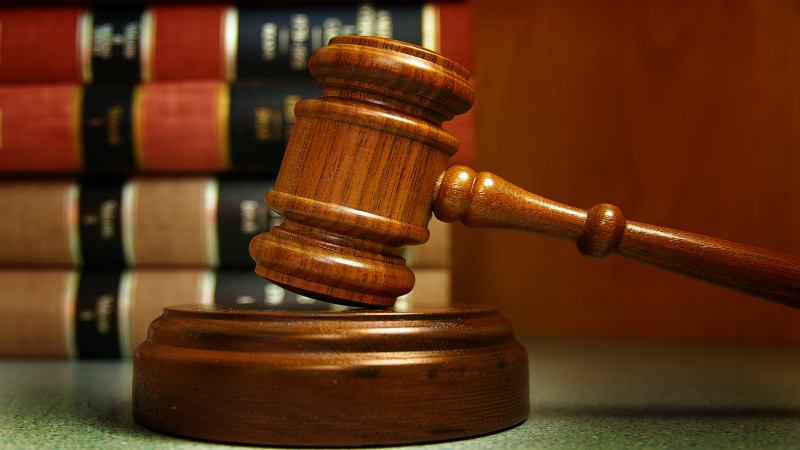When someone dies because of someone else’s reckless, negligent or preventable actions, the potential for a wrongful death case exists. In a wrongful death case, surviving family members can file a suit to recover damages related to the financial and emotional effects of death. If you believe your loved one’s death was caused by someone’s wrongful actions, you should call a Lawyer Oshkosh right away.
The Statute of Limitations
Every state in the US has a statute of limitations for different kinds of lawsuits, which is generally three years or less. If suit is not filed before the deadline, damages cannot be recovered. However, the countdown does not always start with a person’s death; sometimes the finding of the scenarios listed below can restart it:
The death was initially ruled to be from natural causes, but medical malpractice evidence surfaces years after death
Concealment of information on the cause of death
Death stemming from the use of a product later determined to be defective (such as drugs, or even vehicles)
In such wrongful death cases, the countdown starts with the finding of new information, but this doesn’t hold true in all states. Statutes of limitations may depend on the nature of the defendant; for instance, naming a city as a defendant can drastically reduce the time you have to file suit.
When Injury and Death are Years Apart
Even if there is abundant proof of negligence, it takes a bit of time to assemble a solid case–and many attorneys will not take on your case if there is not much time left before the statute of limitations expires. If a loved one has been killed because of a company or individual’s deliberate or negligent actions, you should call a personal injury Lawyer Oshkosh right away.
When someone survives a severe injury only to succumb to complications years later, you may not be able to file a wrongful death suit. Because your loved one did not immediately die from the injury, the case falls under your state’s statute of limitations. A delayed death does not make the case eligible for wrongful death damages.






